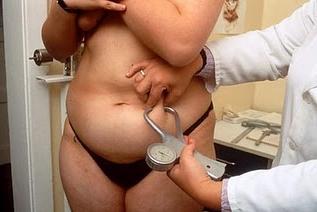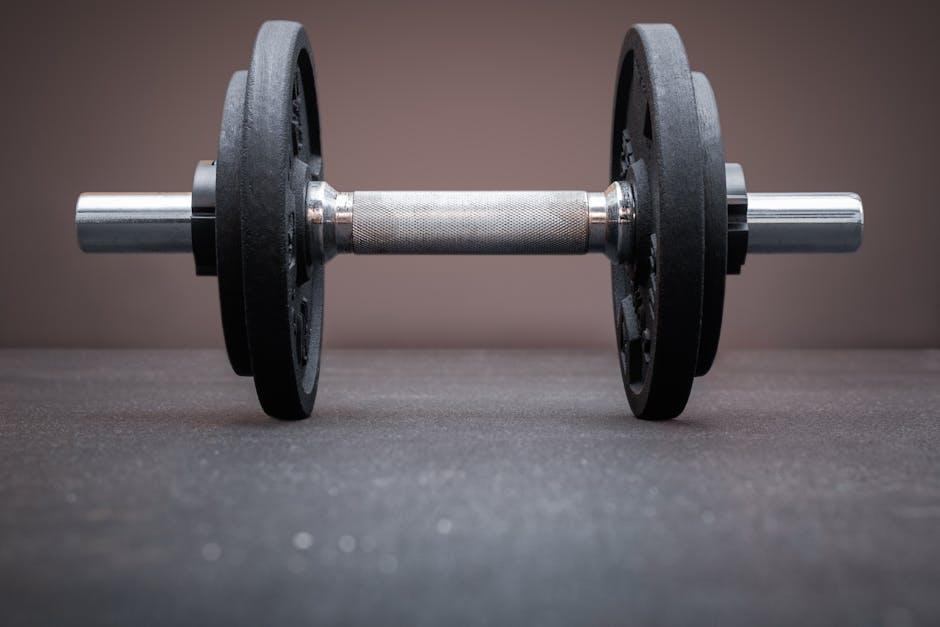In the realm of fitness and weight management, the debate between prioritizing weightlifting or cardio for fat loss remains a contentious topic. As individuals strive to optimize their exercise routines for maximum results, understanding the distinct roles and benefits of these two forms of exercise is crucial. This article delves into the science behind weightlifting and cardio, examining their impacts on metabolism, muscle preservation, and overall fat loss. By providing a comprehensive analysis, we aim to equip you with the knowledge needed to make informed decisions about your fitness journey, ensuring that your efforts align with your fat loss goals. Weightlifting and Cardio on Fat Loss“>
Weightlifting and Cardio on Fat Loss“>
Evaluating the Impact of Weightlifting and Cardio on Fat Loss
When it comes to shedding those extra pounds, understanding the distinct roles of weightlifting and cardio is crucial. Weightlifting, often underestimated, plays a pivotal role in fat loss by increasing muscle mass, which in turn elevates the resting metabolic rate. This means your body burns more calories even when at rest. The process of muscle repair post-lifting also contributes to this calorie expenditure, a phenomenon known as the “afterburn effect.”
On the other hand, cardio exercises are renowned for their immediate calorie-burning potential. Activities like running, cycling, or swimming can rapidly increase heart rate, leading to significant energy expenditure during the workout itself. However, the benefits may taper off post-exercise. Here are some key considerations when evaluating their impact on fat loss:
- Muscle Preservation: Weightlifting helps maintain muscle mass, crucial for long-term fat loss.
- Caloric Burn: Cardio offers immediate calorie burning, making it effective for quick energy expenditure.
- Metabolic Boost: Combining both can optimize metabolic rates, leveraging the strengths of each.
In essence, a balanced approach that incorporates both weightlifting and cardio can offer the most comprehensive benefits for fat loss.

Understanding the Science Behind Metabolism and Exercise
At the core of any effective fat loss strategy lies an understanding of how metabolism interacts with exercise. Metabolism, the body’s energy-burning process, can be influenced by different types of physical activity. Weightlifting and cardio each play distinct roles in this metabolic dance, impacting how efficiently calories are burned. When you engage in weightlifting, you’re not just building muscle; you’re enhancing your resting metabolic rate (RMR). This means your body continues to burn calories even when you’re not actively exercising. In contrast, cardio primarily increases calorie burn during the activity itself, offering a more immediate, albeit temporary, boost to energy expenditure.
Consider the following metabolic benefits of weightlifting over cardio:
- Increased Muscle Mass: Muscle tissue burns more calories than fat tissue, even at rest.
- Enhanced RMR: More muscle translates to a higher resting metabolic rate.
- Post-Exercise Oxygen Consumption: Weightlifting can lead to a prolonged calorie burn post-workout.
Incorporating both forms of exercise can create a synergistic effect, but prioritizing weightlifting might offer a more sustained impact on metabolism, leading to effective fat loss over time.
Tailoring Your Fitness Routine for Optimal Fat Reduction
When crafting a fitness routine aimed at shedding fat, it’s crucial to strike the right balance between weightlifting and cardio. Weightlifting plays a pivotal role in increasing muscle mass, which in turn boosts your resting metabolic rate. This means your body burns more calories even when at rest. On the other hand, cardio is effective for burning calories during the workout itself. But which should take precedence?
- Metabolic Impact: Weightlifting can lead to a greater post-exercise oxygen consumption, meaning you continue to burn calories after the workout is over.
- Muscle Preservation: Incorporating strength training helps preserve lean muscle mass, essential for maintaining a healthy metabolism during fat loss.
- Caloric Burn: Cardio sessions might burn more calories per session, but integrating high-intensity interval training (HIIT) can offer a similar effect with added benefits of muscle retention.
Ultimately, a balanced approach often yields the best results. Consider alternating between weightlifting and cardio sessions throughout the week. This hybrid strategy not only targets fat reduction but also supports overall fitness and health.

Expert Recommendations for Balancing Strength and Endurance Training
Achieving the ideal balance between strength and endurance training requires a strategic approach. Experts suggest incorporating both elements into your routine for optimal fat loss. Prioritize compound movements like squats, deadlifts, and bench presses in your weightlifting sessions. These exercises engage multiple muscle groups, enhancing calorie burn and boosting metabolism.
To integrate endurance training effectively, consider the following expert tips:
- Interval Training: Combine short bursts of high-intensity cardio with rest periods to maximize fat burning.
- Active Recovery: Include light cardio, like brisk walking or cycling, on rest days to maintain endurance without overtraining.
- Periodization: Cycle between strength and endurance focus weeks to prevent plateaus and keep workouts engaging.
By strategically blending these elements, you create a dynamic workout plan that supports both fat loss and overall fitness.





